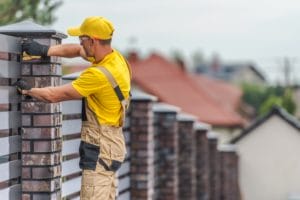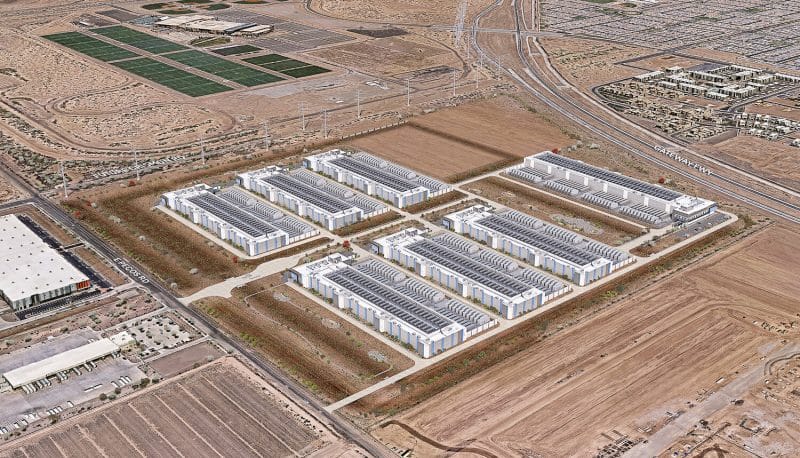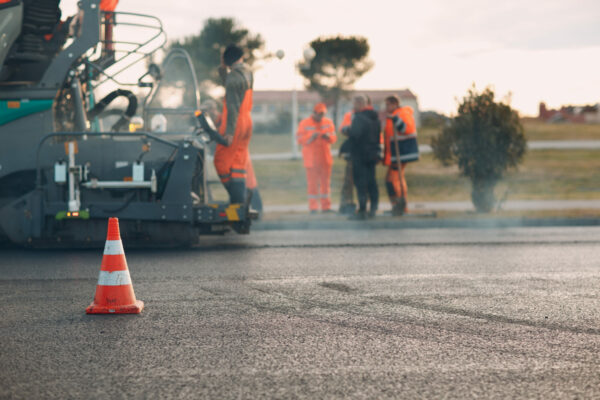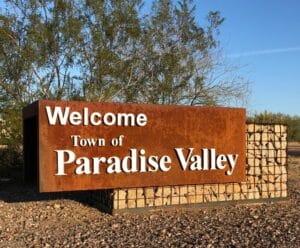By Amy Larkin
The Guardian
For companies daunted by the up-front cost of green infrastructure, a simple accounting change using accelerated depreciation could make a world of difference
 Many businesses struggle with the question of how to invest in large fixed assets. These are painstaking decisions, because they always demand long-term thinking and guessing about markets, future technologies and risk factors. How much revenue will a new factory generate? How much savings will a new technology produce? What unintended consequences might occur because of a purchase?
Many businesses struggle with the question of how to invest in large fixed assets. These are painstaking decisions, because they always demand long-term thinking and guessing about markets, future technologies and risk factors. How much revenue will a new factory generate? How much savings will a new technology produce? What unintended consequences might occur because of a purchase?
As companies attempt to answer these questions, they also have to deal with long-term trends that further complicate the question of fixed-asset purchases. Issues as diverse as globalization, environmental degradation and climate change can affect commodity prices, cause fires or floods, drive up the cost of living, and undermine political stability and security. And even positive developments, like the growing use of renewable energy, can lead to instability as coal producing areas will need new economic lifeblood. For governments hoping to deal with these trends by incentivizing green investment, one simple accounting change – accelerated depreciation for green infrastructure – could make a considerable difference.
Companies attempting to adjust to these changes with large fixed assets often find themselves trying to balance a financially viable long-term solution with a steep up-front cost. At the same time, companies also have to deal with several long-term issues that further complicate their purchasing decisions. I recounted one such story in my book, Environmental Debt: the Hidden Costs of a Changing Global Economy. Several years ago, PepsiCo built a state-of-the-art facility for its Frito-Lay division in Arizona. The installation had near net-zero waste, water, and energy systems. It isn’t hard to see how these advanced systems not only helped PepsiCo, but also the surrounding community: approaching net-zero water use would seem pretty valuable, actually imperative, in the middle of a water-constrained area like the American southwest.








